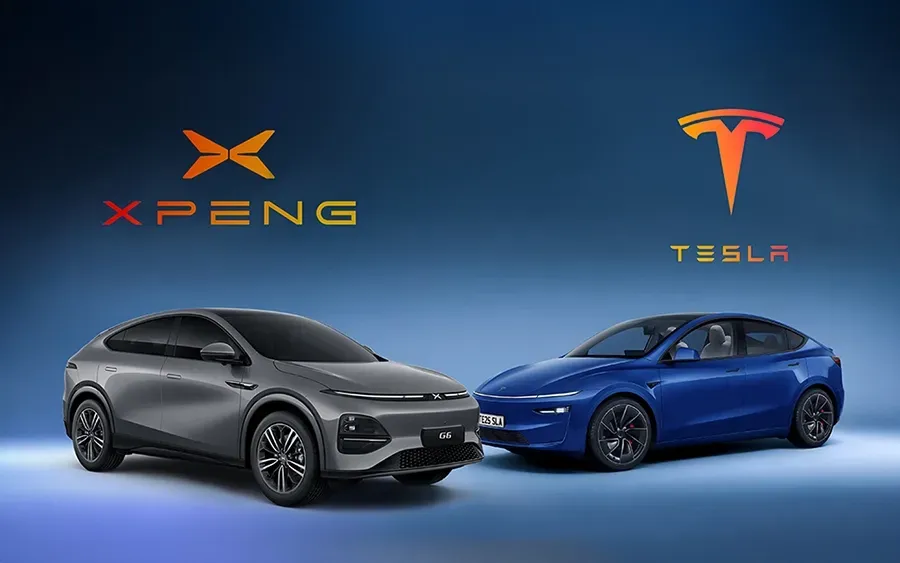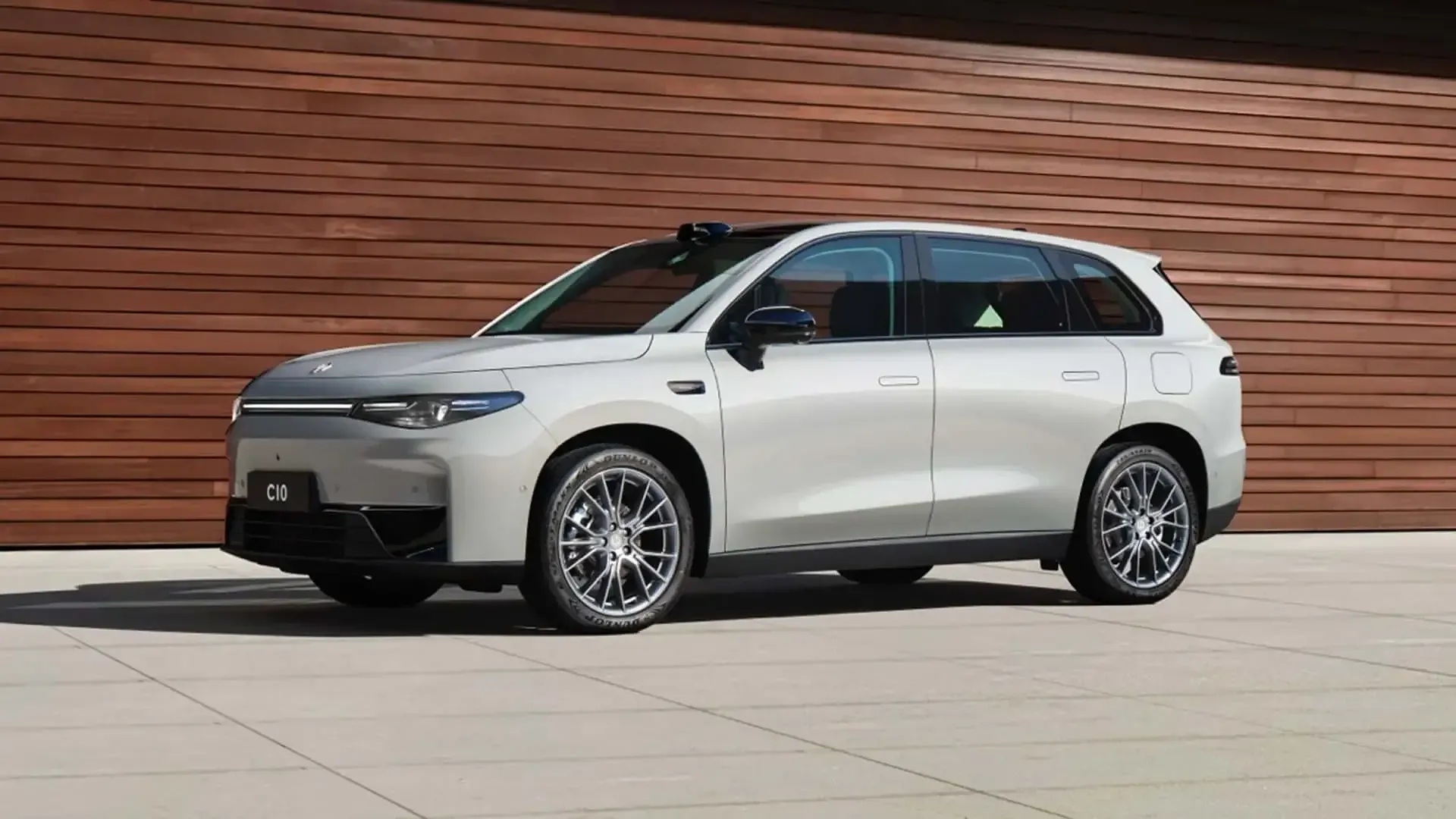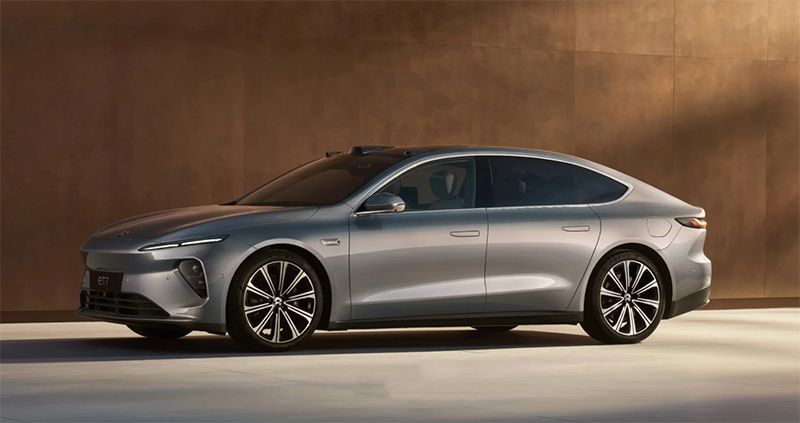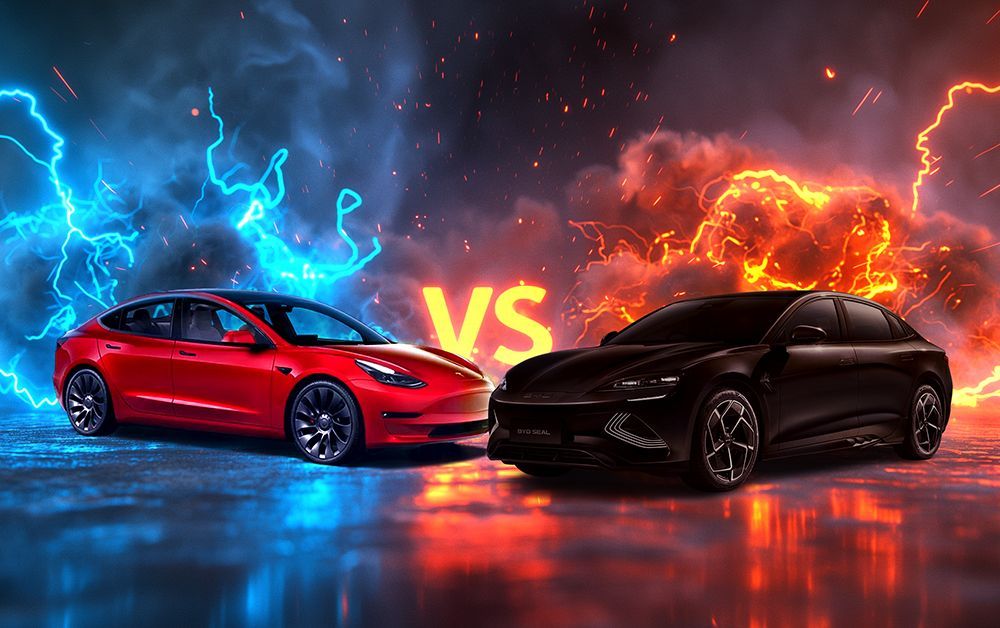Hybrids, PHEVs and EVs: Understanding The Difference
What Type of Electric Car Is Best for You
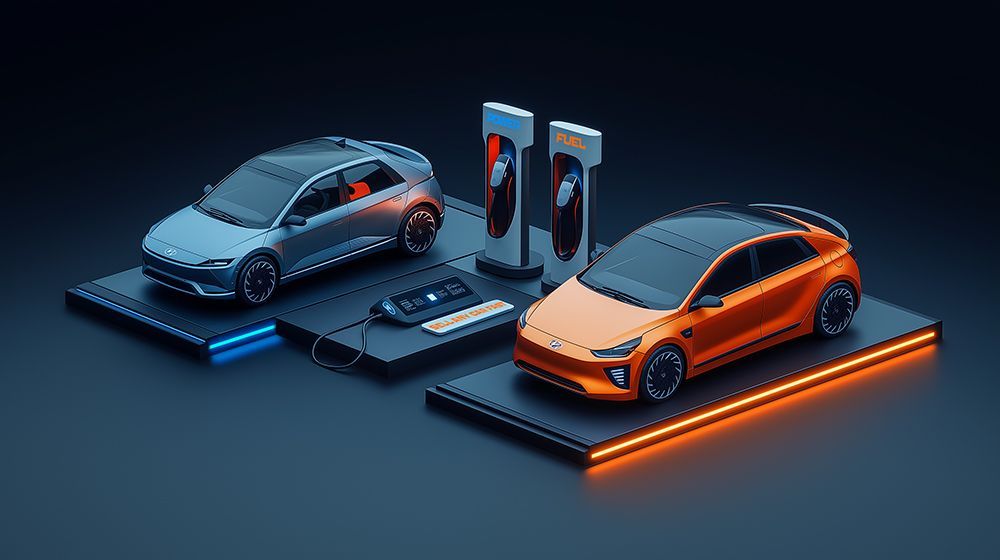
As the car industry moves towards a greener future, many types of electric vehicles are available. Hybrid cars, PHEV (Plug-In Hybrid Electric Vehicle), and EV (Electric Vehicle) choices excite consumers. Each type has its benefits and drawbacks.
Buyers and sellers must know what makes them different. This guide will explain the differences between these vehicle types and help you find which one is better for your needs. We will also look at the brands that lead the market.
What Are Hybrid Electric Vehicles (HEVs)?
Hybrid Electric Vehicles, or HEVs, combine a regular engine with an electric motor. The electric motor gets power from a small battery.
The electric motor helps the engine speed up. It can also take over in some situations, like when driving slowly. This mix of power sources gives a smoother and more efficient driving experience.
HEVs charge their batteries in two ways. First, they use regenerative braking. This process captures energy and turns it into electricity.
Hybrid electric vehicles (HEVs) charge their batteries using an internal combustion engine, eliminating the need for external charging. They are efficient for city driving and long trips.
Many people know popular models like the Toyota RAV4 Hybrid and Honda CR-V Hybrid. People recognise them for their reliability and comfort. They also offer great fuel efficiency.
While HEVs improve fuel economy and reduce emissions compared to traditional petrol vehicles, they have some limitations. Their electric-only range is limited. They still need petrol for long trips. This may not attract those wanting a fully sustainable driving option.

What are Plug-In Hybrid Electric Vehicles (PHEVs)?
Plug-In Hybrid Electric Vehicles, or PHEVs, improve on hybrids. They let you charge the battery using an external power source.
These vehicles can run on electric power for short distances. They switch to a petrol engine when the battery is low. This offers more flexibility than traditional hybrids.
PHEVs have larger batteries than standard hybrids. This allows for longer electric-only drives, usually between 20 and 50 kilometres.
PHEVs are ideal for short commutes, offering lower emissions and fuel savings when charged at home or public stations. They combine electric and petrol engines for versatility, suitable for families like the Mitsubishi Outlander and Hyundai Ioniq. However, their heavier batteries can affect performance, and access to charging stations is crucial for maximising benefits.
Do Consumers Like PHEVs?
Yes, many consumers like Plug-in Hybrid Electric Vehicles (PHEVs) for a few key reasons and many car brands are releasing their current models in a PHEV variant:
- Fuel Efficiency: PHEVs offer the best of both worlds by combining the efficiency of electric power for short trips with the flexibility of a petrol or diesel engine for longer journeys. This makes them an attractive option for people looking to reduce their fuel costs and environmental impact while still being able to travel long distances without range anxiety.
- Lower Emissions: When driven primarily on electric power, PHEVs produce lower emissions compared to traditional petrol or diesel vehicles, appealing to environmentally conscious buyers.
- Government Incentives: Many governments offer tax breaks, rebates, or other incentives for purchasing PHEVs, making them more financially attractive to consumers.
- Convenience: For drivers who aren't ready to fully commit to an electric vehicle (EV), PHEVs provide the convenience of switching to petrol or diesel when needed, eliminating concerns about finding charging stations or long charging times.
- Charging Flexibility: While some consumers may prefer fully electric vehicles (EVs), PHEVs give the option to charge at home or use a regular petrol station for refueling, offering more convenience.
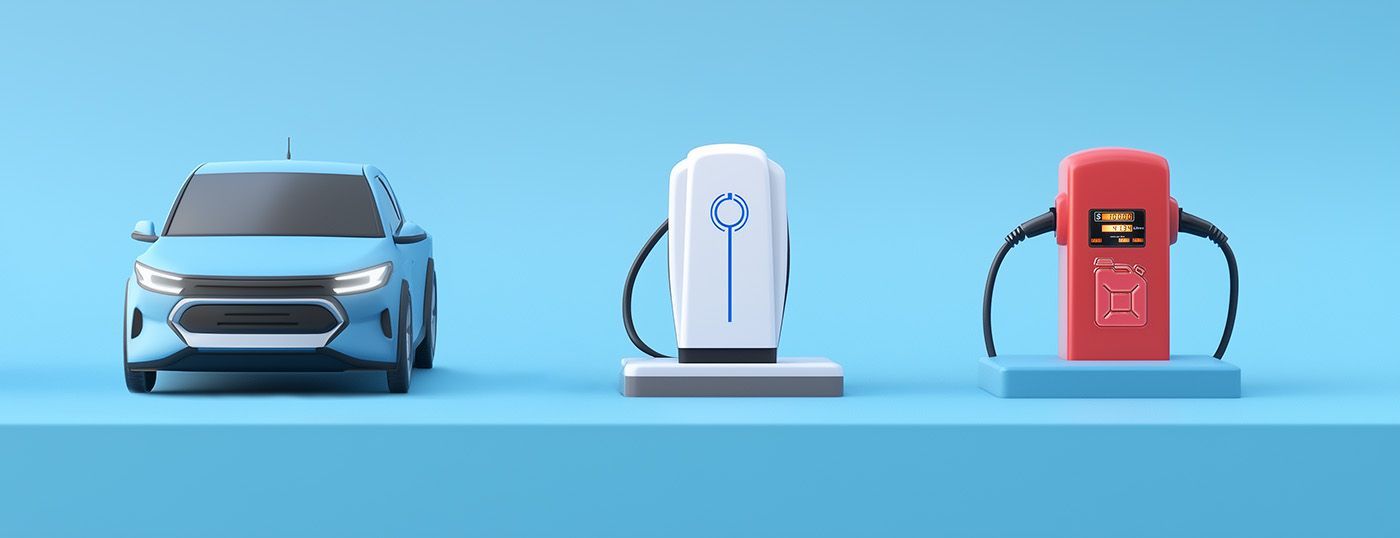
What are Fully Electric Vehicles (EVs)?
Fully Electric Vehicles, or EVs, run entirely on electricity and do not have a petrol engine. Powered by large battery packs, EVs are the cleanest option in terms of emissions, producing zero tailpipe pollution. They represent the future of sustainable transportation, offering a quiet, smooth, and efficient driving experience.
To operate, EVs must be charged using an external power source, such as a home charger or a public charging station. Regenerative braking technology helps extend battery life by converting the energy produced during braking into electricity, enhancing efficiency during daily use.
EVs are best suited for drivers who have access to reliable charging infrastructure and are ready to embrace a zero-emission lifestyle. They are especially ideal for city dwellers, where shorter driving distances and the growing availability of charging stations make owning an EV convenient and practical.
Models like the Tesla Model 3 and the Leapmotor C10 have become benchmarks in the EV market. The Tesla Model 3 is known for its cutting-edge technology, sleek design, and impressive range, while the Nissan Leaf offers a more affordable option with solid performance and practicality.
The advantages of EVs include zero emissions, lower running costs, and a powerful yet quiet driving experience. However, they come with higher upfront costs compared to hybrids and PHEVs. Additionally, drivers may face challenges related to charging availability and range anxiety, especially on long-distance trips, though these issues are gradually being mitigated as EV technology advances.
Which Electric Vehicle Type is Better?
Choosing the right vehicle depends on individual needs, driving habits, and access to charging infrastructure. For urban commuters, electric vehicles are the most suitable option, offering zero emissions and low running costs. They are perfect for shorter trips and areas with ample charging stations.
For long-distance drivers, hybrids are the better choice. Their petrol engines offer backup power. This ensures a smooth driving experience without the worry of losing battery charge. This makes them particularly well-suited for highway travel or remote areas with limited charging infrastructure.
Plug-in hybrids balance gas and electric power, ideal for those not ready for fully electric vehicles. They offer emissions-free short trips and reliable petrol engines for longer journeys.
EVs offer long-term cost benefits. However, hybrids provide immediate savings and have a lower initial cost. This makes them suitable for different lifestyles and budgets.

Final Thoughts
Choosing between HEVs, PHEVs, and EVs depends on your needs and driving habits. It also depends on how easily you can charge them. Each type has its own benefits in convenience, versatility, and environmental impact.
As someone who drives an EV and loves it, I can say that the quiet ride is amazing. The smooth drive and zero tailpipe emissions are a big change for the better. It feels great to know you are helping the environment every time you drive. Charging at home has also been much more convenient than I initially thought—it feels like I have my own personal "fuel station."
Manufacturers are increasingly offering popular vehicles in PHEV variants, allowing drivers to enjoy electric power without fully committing to EVs. This shift towards electrification is transforming transportation, promoting energy savings and environmental protection. Trying an EV could lead to a newfound appreciation for electric driving.
Make the Move to an EV: Drive the Future Today
Ready to embrace a cleaner, smarter, and more cost-effective way to drive? Switching to an electric vehicle (EV) isn’t just a choice for the environment—it’s a choice for a better driving experience.
With EVs offering cutting-edge technology, lower maintenance costs, and significant savings on fuel, there’s never been a better time to make the move. Join the growing community of forward-thinking drivers who are reducing their carbon footprint while enjoying the smooth, quiet performance of an electric car.
Take the first step toward a sustainable future—your EV journey starts with selling your current vehicle.
Frequently Asked Questions
What is the difference between a Hybrid (HEV) and a Plug-in Hybrid (PHEV)?
A Hybrid Electric Vehicle (HEV) combines a gasoline engine with an electric motor, where the battery is charged through regenerative braking and the engine itself; it cannot be plugged in.
In contrast, a Plug-in Hybrid Electric Vehicle (PHEV) also uses both an engine and an electric motor but features a larger battery that can be charged via an external power source, such as a household outlet or charging station.
This allows PHEVs to operate on electric power alone for a certain distance before the gasoline engine engages.
How does an Electric Vehicle (EV) differ from a Hybrid (HEV) and a Plug-in Hybrid (PHEV)?
An Electric Vehicle (EV) is powered solely by electricity, utilizing a battery to drive an electric motor, and produces zero tailpipe emissions. It requires regular charging from external sources.
In contrast, HEVs and PHEVs both incorporate internal combustion engines: HEVs rely primarily on gasoline with electric assistance, while PHEVs can operate on electric power alone for limited distances before switching to petrol.
Do You Need a Licence to Drive a PHEV?
Yes, you need a valid driver’s licence to drive a Plug-in Hybrid Electric Vehicle (PHEV), just like any other car. A PHEV is treated no differently from petrol, diesel, or traditional hybrid vehicles when it comes to licensing.
In Australia, this means holding at least a provisional (P) or full driver’s licence to legally drive one on public roads.
If you're on a learner’s licence (L-plates), you would need to follow the usual rules, such as being accompanied by a fully licensed driver.
What are the charging requirements for HEVs, PHEVs, and EVs?
HEVs: Do not require external charging; their batteries are charged through regenerative braking and the gasoline engine.
PHEVs: Can be charged externally via standard electrical outlets or charging stations, and also benefit from regenerative braking.
EVs: Depend entirely on external charging sources, including home chargers and public charging stations.
What are the cost differences among HEVs, PHEVs, and EVs?
Generally, HEVs are less expensive than PHEVs and EVs, both in terms of purchase price and maintenance.
PHEVs tend to cost more upfront due to their larger batteries and dual powertrains but may offer savings on fuel.
EVs often have the highest initial cost, attributed to large battery packs, but can lead to significant savings on fuel and maintenance over time.
Also, various government incentives and tax credits may be available to offset the purchase price of PHEVs and EVs.
Which vehicle type offers the longest electric-only driving range?
EVs provide the longest electric-only range, typically between 320 to 480 kilometres on a full charge, with some models exceeding 640 kilometres.
PHEVs offer a shorter electric-only range, usually between 32 to 80 kilometres, after which the gasoline engine takes over. HEVs have minimal electric-only range and primarily rely on the petrol engine.


